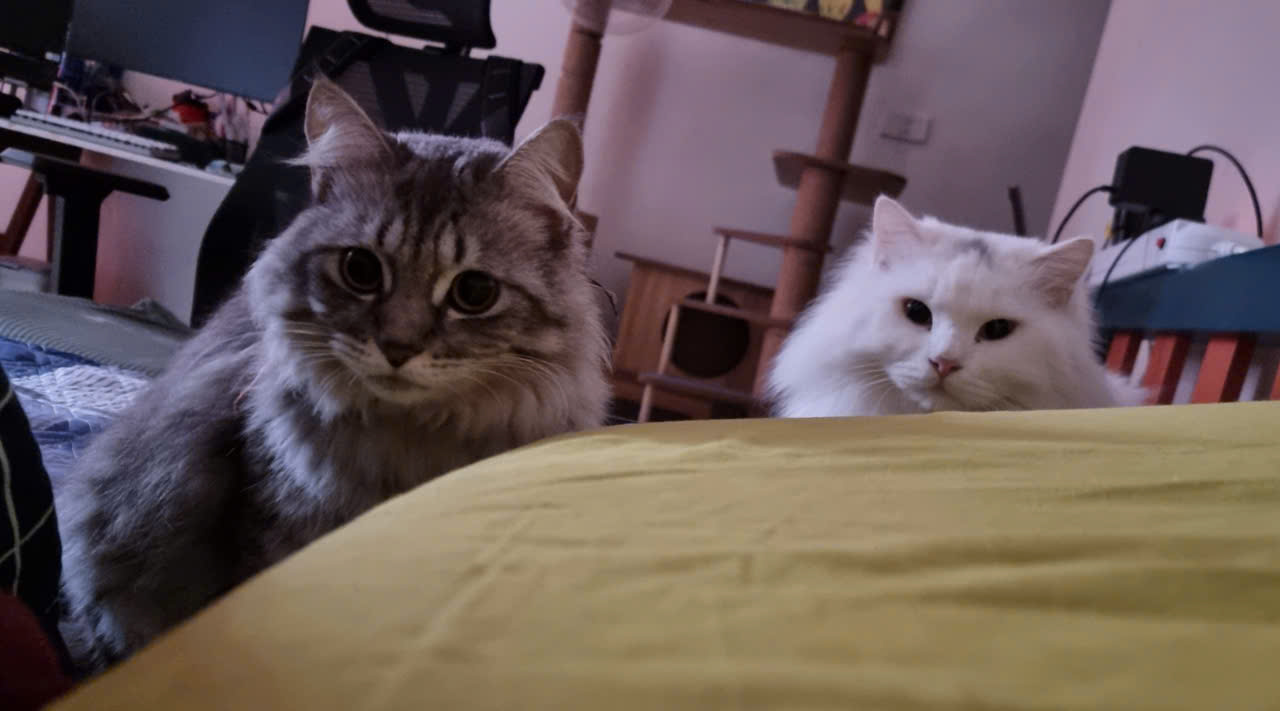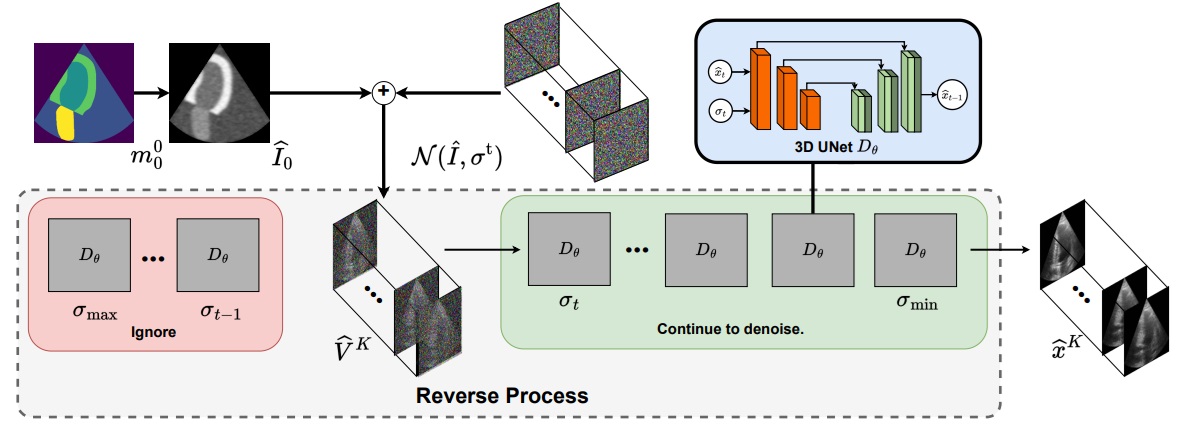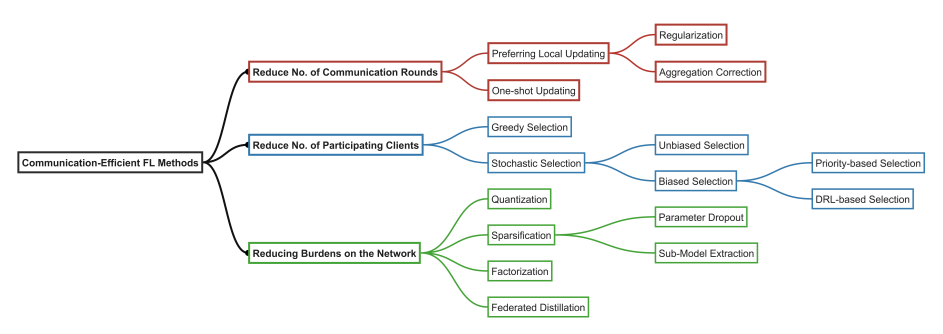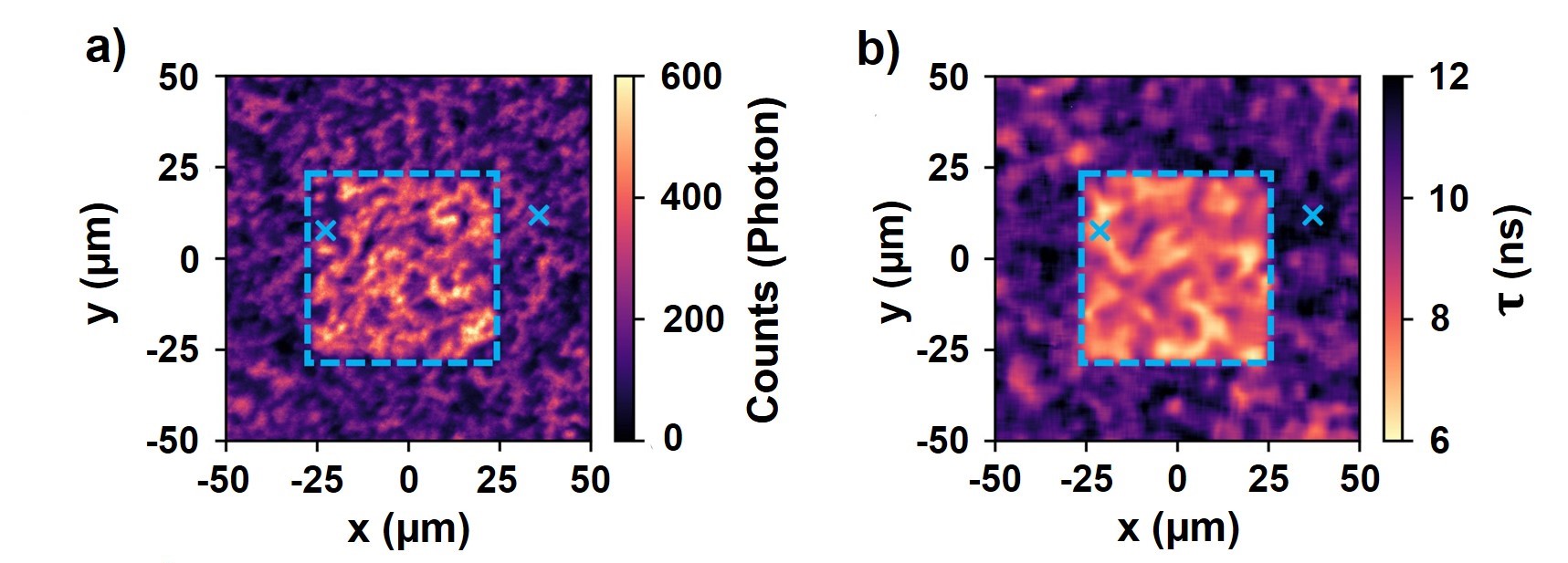My name is Luong Ha Tri Nhan (🇻🇳), but most people call me Len! I graduated from Monash University with a Bachelor Honours degree in Computer Science in 2022. I joined the Toronto Computational Imaging Group (under the Dynamic Graphics Project Lab) to start my PhD in September 2024. My current work is broadly in the realm of differentiable radiative transfer for astronomical imaging.
I am an aspiring computational scientist with a research interest that lies in the intersection of computer science, astronomy, and (astro)physics. Within the field of computer science, my primary interests are within visual computing (computational imaging, computer vision, computer graphics, visualization) as well as data-intensive science (numerical methods, simulation, data processing, deep learning). I'm also passionate about teaching and inspiring new generation of scientists and engineers by cultivating their love for science and technology.

You can email me at:
- • len@cs.toronto.edu/len@dgp.toronto.edu for work-related enquiries, or
- • hatrinhanluong@gmail.com for other matters.
You can find me at BA 7222 most of the time:
Bahen Centre for Information Technology
Department of Computer Science
University of Toronto
Room 7222, 7th Floor
40 St. George Street
Toronto, ON M5S 2E4
On this site, you can also find my blog, The Onominute, where I write about various things that I'm learning.
- [17/06/24] Our paper Training-Free Condition Video Diffusion Models for single frame Spatial-Semantic Echocardiogram Synthesis has been accepted to MICCAI 2024! The preprint is also now available on arXiv.
- [30/05/24] Our survey preprint Exploring the Practicality of Federated Learning: A Survey Towards the Communication Perspective is now available on arXiv!
- [01/05/24] Our paper Spatial photoluminescence and lifetime mappings of quasi-2D perovskites coupled with a dielectric metasurface has been published on Optics Letters! And along with it I now have a Google Scholar page :)
- [15/03/24] I will be joining the University of Toronto as PhD student in Computer Science, starting September 2024!







